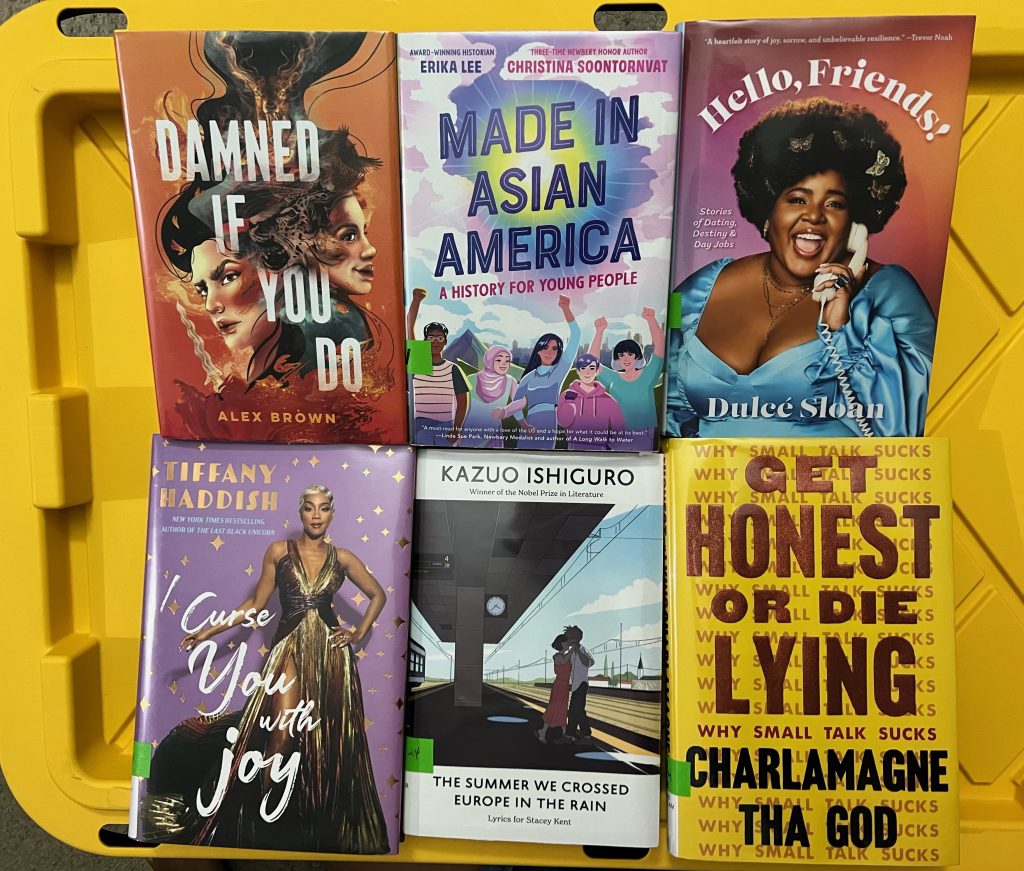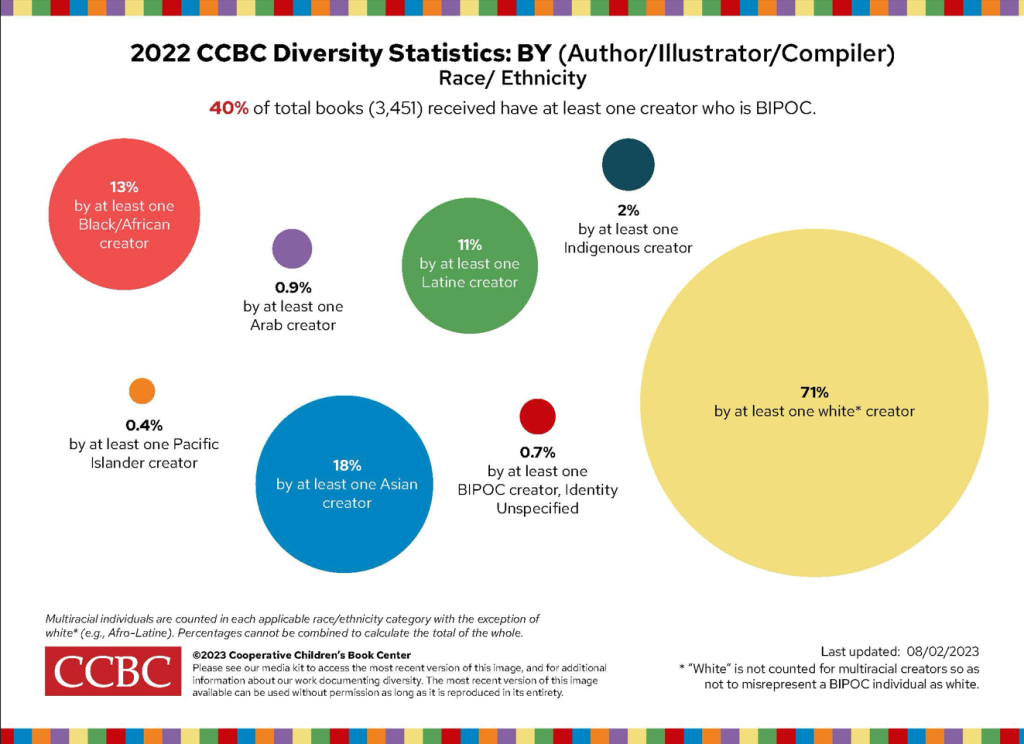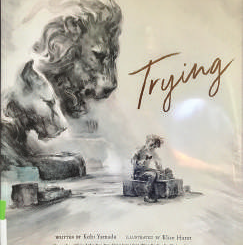
2024 books by Black and Asian authors
Book publishing has always been white. But the last five years showed a dramatic surge of books whose creators, characters, or topics were people of color.
In a 2023 survey of books for children and young adults, Black authors now make up 13.4% percent of the industry, while Asians make up 18.4%.
It may not seem much, but 39 years ago, Black authors comprised less than one percent, even though several Black authors had Pulitzer Prizes: Gwendolyn Brooks for Poetry (1950); Ralph Ellison
(1953) for “The Invisible Man”; Alice Walker (1982) for “The Color Purple”; and James Baldwin (1985).
The rise in Black and Asian authorship has been slow. By 1994, Black authors only rose to 1.8% then hovered at 2-3 percent for the next 20 years. Similarly, Asians were at 1.4%, stayed at less than 2%, then only doubled their presence in 2013.
It was only in 2014 that Asian authors rose above 3% and grew steadily from thereon. While Black authors were at 2.4%.
By 2016 Black authors rose slightly to 2.8%, while Asian authors comprised 6.4% of Children’s and Young Adult’s books. This was also President Barack Obama’s last year in office, yet there was still a dearth of non-white books in most US bookstores, schools, and public libraries.
Why is it important for readers to find books on bookshelves?
“Local book shops were the dominant distribution channel with a global revenue share of over 50% in 2023. A local bookstore offers a home to both authors and readers and is a welcoming place to come together to feel comfortable and at ease. It is a place for like-minded individuals to gather and exchange ideas. Many such shops have in-house book clubs and themed reading groups and organize regular author events, talks, and other activities that inspire individuals to think new thoughts and generate new ideas.” (Grand View Research, 2024)
However, 2016 was also groundbreaking for Asian authors of Adult books. Viet Thanh Nguyen became the first Asian American to win a Pulitzer Prize for fiction for his Vietnam-based bestseller “The Sympathizer” which is now on HBO Max and Prime Video. He also became the first Asian American to join the 103-year-old Pulitzer Board.
The 2020 pandemic boosted book demand worldwide when millions of students and workers stayed home. Young adults became activists online and various movements arose like Black Lives Matter. This likely raised the demand for more diverse books from parents who became impromptu teachers.
Book publishers responded by hiring more People of Color. The result is a drop to 75% whites in the book publishing industry, down from 95%.
Publishers also sought more diverse authors and creators. The past 30 years has steadily shown an increase in Black and Asian content, as depicted through the protagonist, significant characters, setting, and topic.
By 2023, 15% of books were about Blacks and 12% were about Asians, a fivefold increase from 2012.
However, the market is still dominated by whites as 71% of books still have at least one white creator— whether as author, illustrator, or compiler.
This year, public libraries and booksellers have increased their stocks of fiction and nonfiction books by non-white authors. Teachers have also added more Black authors as required reading. It’s now easier for young Black and Asian readers to see themselves and their lives depicted in various books.
So why is diversity important in books?
“Readers often respond to books because they can relate to one of the characters.” (Grand View Research, 2024)
White readers also benefit from reading about Black and Asian lives because it broadens their understanding of the human condition which fosters empathy.
Books will never go away. Despite the rise of electronic devices and games, the $145 billion global book market remains unaffected and continues to grow steadily. And the most popular format is still the printed book.

— Ivy Lopez (@IvyDigest)
Ivy is a lawyer turned columnist who writes comedy on YouTube @HumorMeIvy.
.
.







